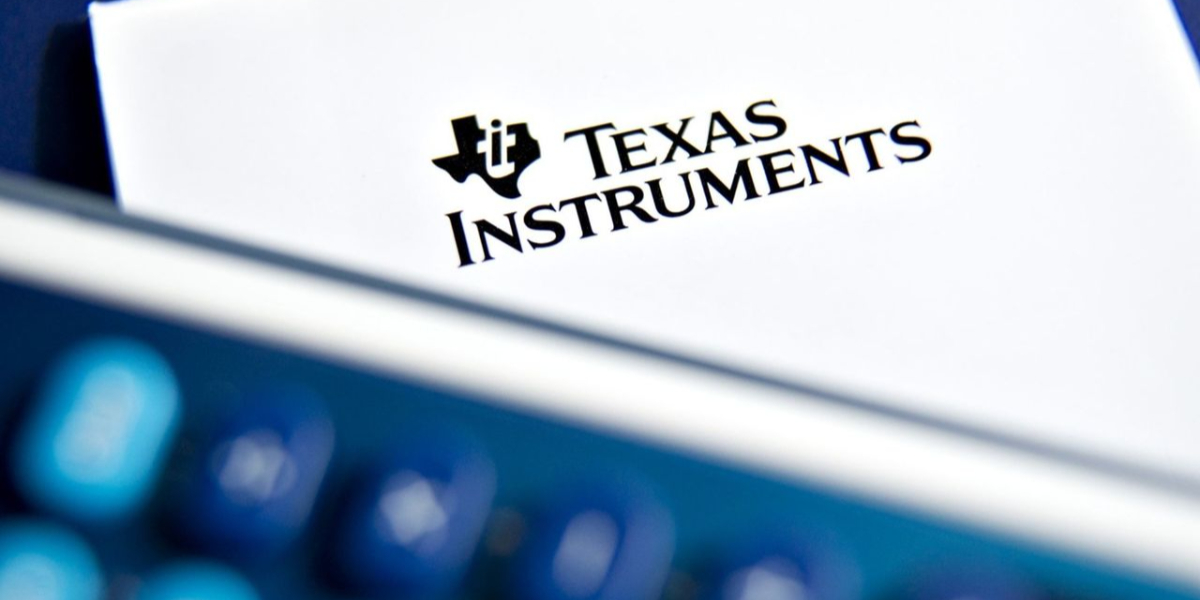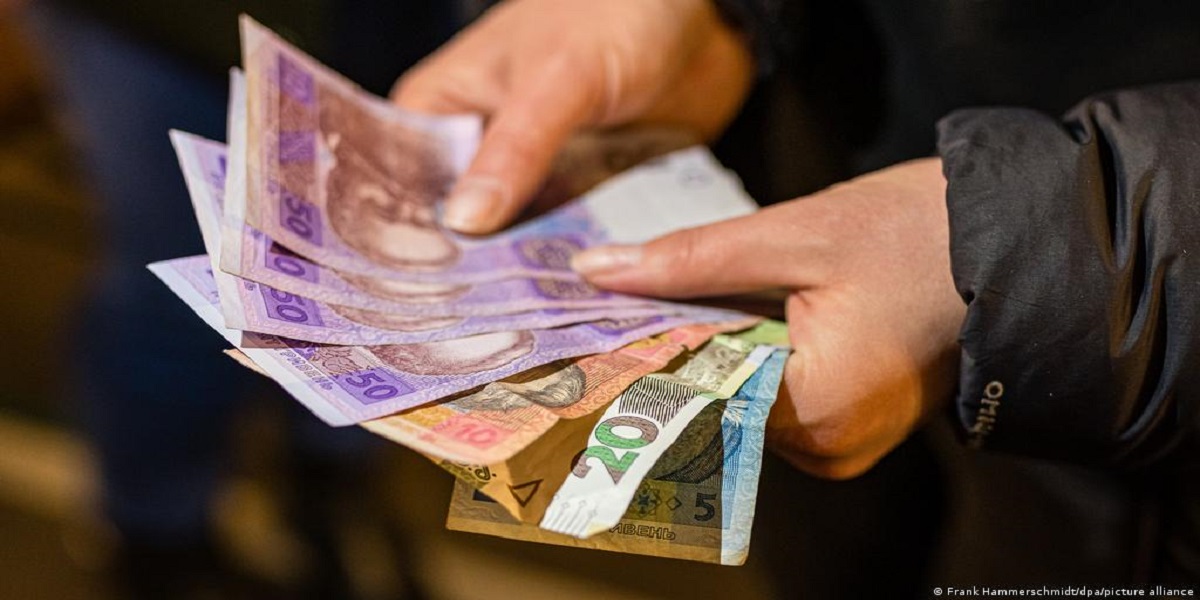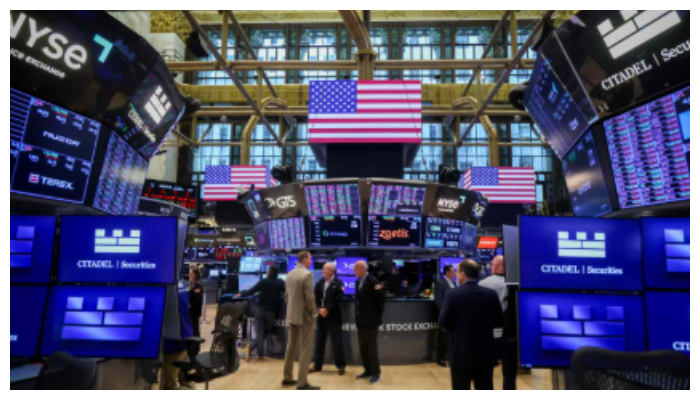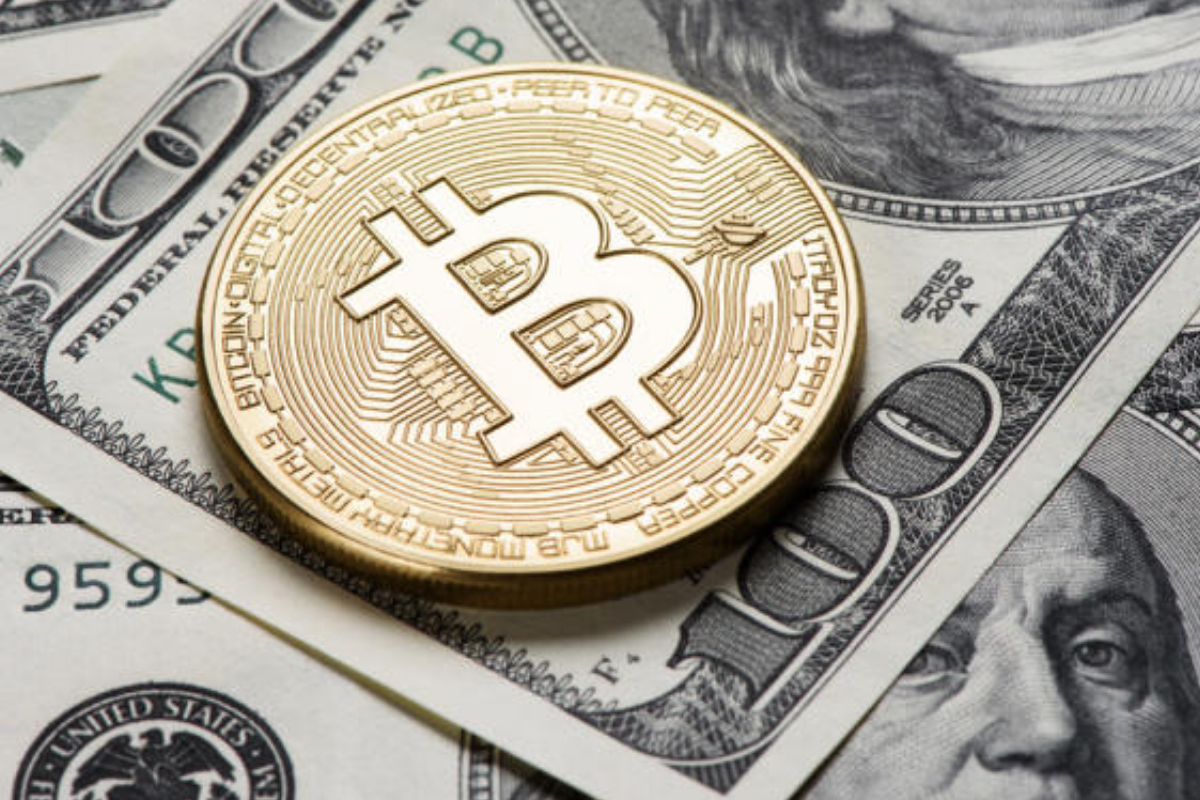Texas Instruments Inc. shares fell in the extended session on Tuesday as the chipmaker issued a cautious outlook, citing COVID-19 limits in China as a source of concern for its customers’ manufacturing operations.
Texas Instruments shares were down around 5% by the end of a conference call with analysts as management discussed the rationale behind the outlook, after initially falling as much as 7% in after-hours trade. The regular session ended with shares down 3.2 percent at $168.44.
The company said in its earnings announcement that it anticipated second-quarter earnings of $1.84 to $2.26 per share on revenue of $4.2 billion to $4.8 billion, but analysts polled by FactSet expected earnings of $2.27 per share on revenue of $4.94 billion on average.
Later, during a conference call with analysts, Texas Instruments’ head of investor relations, David Pahl, stated that the cautious guidance stemmed from a top-down assessment of what the business is seeing from its customers’ manufacturing operations.
“Our assessment in early April indicated that revenue would continue to incrementally grow again in the second quarter,” Pahl told analysts. “However, it just became clear that we were experiencing lower demand particularly due to COVID-19 restrictions in China.”
“And just to be clear, customers’ behavior wasn’t changing as it related to backlog or cancellations,” Pahl said. “In fact, we continued to see expedites for deliveries. However, we did see that our customers’ manufacturing operations were being impacted.”
Analysts pushed back, questioning why supplies couldn’t easily be transferred to other customers, given that manufacturers are still facing a global scarcity of chips and demand remains high.
The top-down estimate is not supposed to be precise, and inventory cannot be quickly moved to fulfil demand from other customers during a shortage, according to Rafael Lizardi, Texas Instruments’ chief financial officer.
“Embedded in our process to the extent that that is doable, our processes allow for that redirecting of inventory,” Lizardi told analysts. “But keep in mind, we’re talking about 100,000 different parts, 100,000 different customers, so it never quite fits in a perfect situation where the excess in one place can go to the other place neatly.”
The pessimistic view provided by Texas Instruments, citing China COVID shutdowns, will undoubtedly throw a pall over other chip-related firms reporting this week. Qualcomm Inc. will report on Wednesday, followed by Intel Corp. and KLA Corp. on Thursday.
Texas Instruments reported $2.2 billion in first-quarter net income, or $2.35 per share, compared to $1.75 billion, or $1.87 per share, in the previous quarter. Earnings included a 2-cent-per-share boost that had not been factored into the business’s original projection, according to the company.
The business said revenue increased to $4.91 billion from $4.29 billion in the previous quarter “primarily due to growth in industrial and automotive.”
Based on the company’s estimate of $2.01 to $2.29 a share on revenue of $4.5 billion to $4.9 billion, analysts predicted earnings of $2.18 a share on revenue of $4.74 billion.
Sales of analogue electronics, which translate real-world data like sound or temperature into digital data, increased 16 percent year over year to $3.82 billion, compared to analysts’ expectations of $3.7 billion. Sales of embedded processors, which take that digital data and utilise it to accomplish specified functions, grew 2% to $782 million, compared to $770.1 million expected by analysts.
During the company’s most recent earnings call, officials stated that they would focus more on supporting industrial and automotive customers, which have been the most hit end markets during the worldwide chip scarcity. Pahl said on Tuesday that industrial and automotive sales were up about 20%, communication equipment sales were up about 10%, enterprise systems sales were up 35% due to data-center demand, and personal electronics sales were down in the mid-single digits.
The results announcement comes just two days before the company’s annual stockholder meeting.
The stock price of Texas Instruments has dropped 13% in the last year. In comparison, the S&P 500 index has lost 0.3 percent, the Nasdaq Composite Index has lost 11.7 percent, and the PHLX Semiconductor Index has lost 14.6 percent in that time.
For the latest Business News Follow BOL News on Google News. Read more on Latest Business News on oldsite.bolnews.com





















